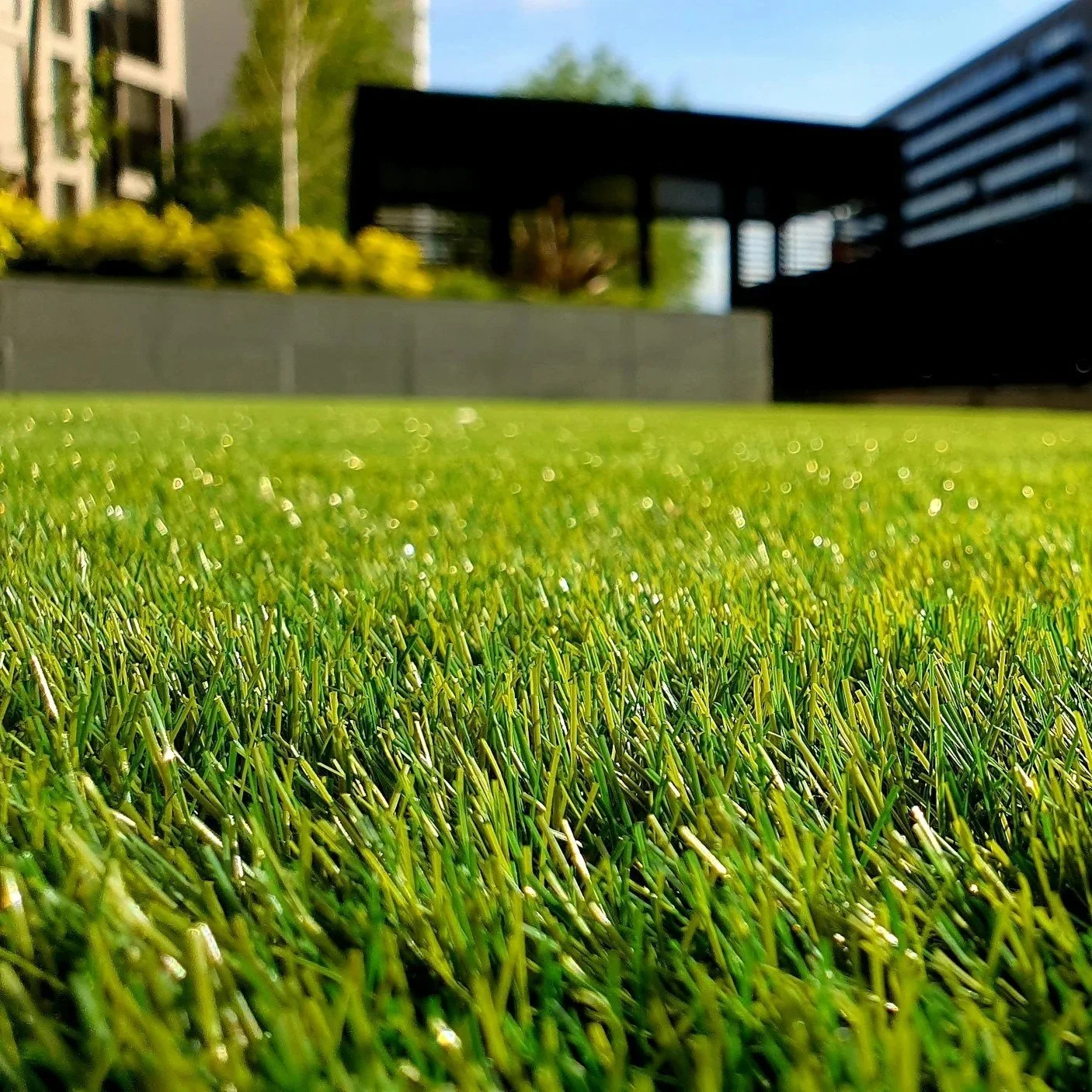How Edge Repair Keeps Artificial Turf Secure and Long-Lasting
Professional edge repair plays a key role in keeping artificial turf secure and long-lasting, preserving its functionality and aesthetics for years to come.
Artificial turf offers a beautiful, low-maintenance lawn solution that can fight through a variety of outdoor conditions. However, like any home improvement, it requires care to maintain its longevity and appeal. One of the most common issues that artificial turf faces over time is edge damage. The edges of turf can become vulnerable to lifting, wear, or even tearing due to constant foot traffic, exposure to weather, and natural settling. Professional edge repair plays a key role in keeping artificial turf secure and long-lasting, preserving its functionality and aesthetics for years to come.
The Vulnerability of Turf Edges
While the middle of an artificial turf surface may look flawless for years, the edges are a different story. Turf edges bear the brunt of foot traffic, lawn equipment, and the occasional pet playtime. Through time, environmental factors such as heavy rain, freezing temperatures, and direct sunlight can cause the turf edges to lift or degrade. Since artificial grass is usually installed by securing the edges with adhesive or nails, these fastening materials can wear out, especially at the periphery. Once the edges start to lift, dirt and debris can creep in, making the problem worse and leading to the deterioration of the turf.
Why Edge Repair Matters
When turf edges begin to lift, the rest of the surface becomes more prone to damage. Lifting edges can create gaps, which, in turn, can lead to other issues like water pooling, uneven surfaces, or the growth of weeds. Moreover, edges that are not properly secured may cause a disjointed look that disrupts the overall aesthetic of an artificial lawn. With the right repair methods, edge damage can be fixed quickly and effectively, preventing larger-scale problems down the road.
Professional edge repair addresses the root causes of lifting, such as inadequate adhesion or improper installation. It also improves the overall stability of the turf by re-securing the edges using stronger, more durable materials. When turf edges are professionally repaired, it restores their appearance and their ability to withstand daily wear.
The Process of Turf Edge Repair
Turf edge repair requires a thorough inspection of the affected areas. A professional service provider can assess whether the edges have lifted due to improper installation, age, or environmental factors. After identifying the issue, they can lift the turf, clean the area, and re-secure the edges using high-quality materials designed for long-term durability. Depending on the extent of the damage, some turf may need to be trimmed or reshaped to fit the area properly. Once the edges are secured, a final inspection confirms that the turf is flush with the surrounding surface, offering a smooth, seamless finish.
Additionally, professionals use techniques that promote the stability of the entire lawn. For instance, turf edges may be reinforced with additional fasteners or more advanced adhesive products to keep them secure under pressure. With the right approach, edge repair can halt further damage and maintain the pristine look of artificial grass for much longer.
Preventing Future Edge Damage
While turf edge repair is essential for restoring the integrity of an artificial lawn, regular maintenance helps prevent future issues. Keeping the area around the turf clean of debris, leaves, and dirt can prevent the edges from lifting prematurely. Additionally, routine brushing of the turf helps maintain its appearance while keeping dirt and dust from accumulating. Proper installation of edging materials, such as rubber or metal strips, can also help keep the edges in place.
Properly maintaining the turf edges can also prevent damage caused by extreme weather conditions. For example, during periods of heavy rainfall, water should be able to drain effectively through the turf. If water accumulates at the edges, it may cause the turf to shift or pull away from its foundation. Guaranteeing that the turf has proper drainage can help reduce the risk of damage to the edges.
Long-Term Benefits of Turf Edge Repair
Investing in professional turf edge repair provides long-term value in several ways. First, it prevents the need for costly repairs that would arise from neglected damage. Keeping the edges secure reduces the risk of larger areas of the turf becoming compromised, which could require more time and money to fix. Second, it preserves the visual appeal of an artificial lawn. Turf is an investment, and by keeping the edges intact, it’s possible to maintain a clean and well-maintained appearance, which can increase a home’s curb appeal or the attractiveness of a commercial property.
Additionally, addressing edge issues promptly contributes to the overall performance of artificial turf. Properly secured edges promote better drainage and prevent water from accumulating at the perimeter. This process keeps the lawn dry and helps prevent weed growth, keeping turf in top condition without the need for chemicals or excessive maintenance.
A Seamless, Secure Lawn
Artificial turf is a great way to achieve a beautiful lawn without the upkeep required by natural grass. However, the key to enjoying a long-lasting, secure turf surface lies in taking care of the edges. Turf edge repair is essential for maintaining a seamless, secure lawn that stands up to the elements and high traffic. By investing in professional repairs, it’s possible to help protect an artificial turf from further damage, extending its lifespan and keeping it looking its best.
Turf edge repair is a small investment that pays off in big ways. It prevents minor issues from snowballing into major problems, preserves the overall aesthetics of a lawn, and keeps artificial grass in optimal condition. With the help of a professional, turf edge repair provides long-lasting results, guaranteeing that turf remains both secure and beautiful for years to come.

